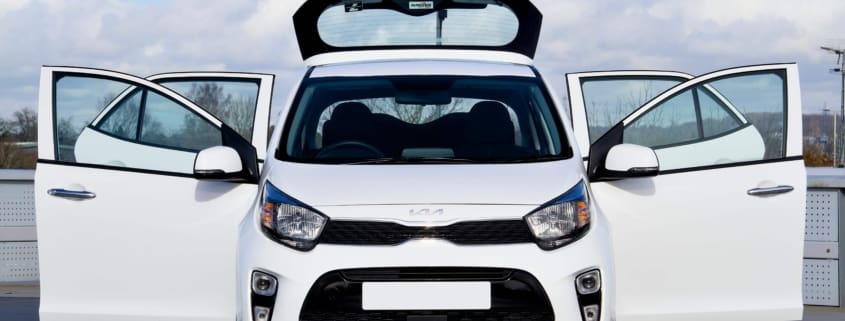Differences Between OEM and Aftermarket Windscreens
Differences Between OEM and Aftermarket Windscreens
The differences between OEM and aftermarket windscreens are often overlooked until drivers are faced with a replacement, yet the choice can have lasting implications for safety, performance, and cost. Understanding these distinctions helps Australian motorists make informed decisions that protect both their vehicles and their passengers on the road.
OEM, or Original Equipment Manufacturer, windscreens are made to the same specifications as the glass originally fitted to your vehicle. They are often produced by the same manufacturers who supply carmakers, ensuring an exact match in terms of size, shape, thickness, and features. This means that OEM windscreens are more likely to integrate seamlessly with Advanced Driver Assistance Systems (ADAS), such as lane departure warning or rain sensors, which rely on precise glass design and clarity. While OEM glass is typically more expensive, it offers peace of mind with guaranteed compatibility and adherence to the manufacturer’s safety standards.
Aftermarket windscreens, on the other hand, are produced by third-party manufacturers. These can range from high-quality products that meet Australian safety standards to cheaper alternatives that may not align perfectly with your vehicle’s specifications. The main advantage of aftermarket glass is cost – it is usually cheaper than OEM, making it attractive to budget-conscious drivers. In many cases, aftermarket windscreens perform well and are completely safe, but differences in curvature, tinting, or thickness may sometimes affect visibility or the operation of ADAS features.
Another consideration is insurance. Some policies cover only aftermarket glass unless OEM is specifically requested, while others may require an additional premium to fit OEM parts. Drivers should always check their policy details before making a decision.
Ultimately, both OEM and aftermarket windscreens can keep you safe if they meet Australian standards and are installed by qualified professionals. However, for vehicles heavily reliant on integrated technology, OEM may provide better assurance of compatibility. The right choice depends on balancing cost, safety, and long-term performance to ensure confidence on Australian roads.
Overview of Differences Between OEM and Aftermarket Windscreens
Differences Between OEM and Aftermarket Windscreens concerns more than just aesthetics – it affects visibility, structural integrity and roadworthiness. Understanding the basics helps you make informed decisions about when to act.
Key considerations
When addressing differences between oem and aftermarket windscreens, there are several factors to keep in mind, from the size and location of damage to legal requirements in Queensland. Professional assessment ensures that repairs or replacements meet safety standards.
Practical tips
- Keep a safe following distance to reduce debris impact.
- Use quality wiper blades to prevent scratches.
- Avoid sudden temperature changes that can stress the glass.
- Maintain clear visibility by keeping your windscreen clean.
- Inspect your windscreen regularly for chips and cracks.
By staying informed about differences between oem and aftermarket windscreens, you can preserve your vehicle’s value and keep everyone on the road safer. If you’re ever in doubt, consult a qualified auto-glass technician.



